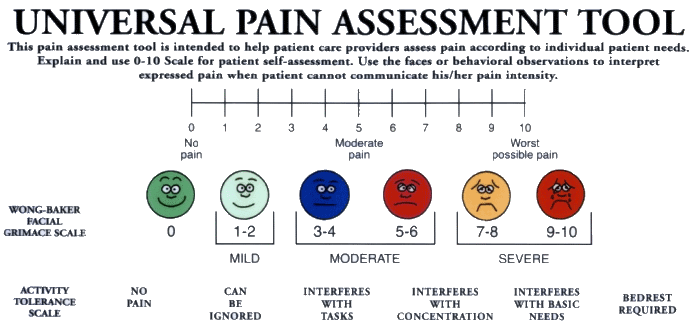 |
| How I feel after a particularly disappointing physical exam. [La Autopsia via wikimedia] |
My first core value as an SP is "Empathy First." Many years of SP encounters have also led me to claim physical autonomy as a second core value. I firmly believe that autonomy is the key to respect. It is one of the things that is critical in reducing the power differential between doctors and patients.
Autonomy manifests most directly in an SP encounter during the physical exam. When a student doctor doesn't respect my physical autonomy, I feel vulnerable, helpless and insignificant.
When autonomy is not a core value for the student, my body feels like an object for the student to manipulate. Autonomy hinges on consent. There are several different levels of autonomy a student doctor can observe:
- Move the object without explanation
- Move the object with an explanation
- Asking while moving the object
- Asking before moving the object
- Asking before moving the object and waiting for consent
- Asking the object to move itself
Here's the thing: even if the student doctor is nice about 1-4, only numbers 5 and 6 are true autonomy. A student can be nice and still not respect my personal autonomy. Let's look at this more closely:
- Move the object without explanation: the student doctor moves my arm out of the way and continues the exam without explanation. This makes me feel as if I am no longer a person to the student doctor, just in the way. This makes me feel resentful and cautious.
- Move the object with an explanation: the student doctor moves my arm out of the way and explains why s/he is doing so. This makes me feel powerless.
- Asking while moving the object: the student doctor asks "May I move your arm?" as the student doctor is moving my arm out of the way. Lots of students know they should ask a patient's permission, but many of them perform the action as they are asking for permission -- which makes me feel as if my consent doesn't matter.
- Asking before moving the object: the student doctor asks "May I move your arm?" and waits for a beat. If I don't respond immediately in the affirmative, many students will move my arm anyway as if I had answered affirmatively! As a woman, I have been trained to be agreeable to implied consent, so it is difficult for me to offer any resistance to the student doctor's expectation when asked (especially if the student doctor is friendly). However, I don't immediately answer because I want to see what happens: when student doctors assume consent when there is none, this trains them badly for real patient encounters.
- Asking before moving the object and waiting for consent: the student doctor asks "May I move your arm?" and waits for me to agree. This is an terrific way to reduce the power differential. I feel relieved, validated and grateful.
- Asking the object to move itself: when the student doctor is conscientious enough to ask "Could you move your arm overhead, please?" I feel like cheering. Allowing patients the chance to move themselves into position allows them to feel in control in a vulnerable situation. I want medical education to rest on a strong foundation of patient control and consent.
Homework assignment:
Notice this week how many times you agree to something before the person has even finished making the request. Try not to agree in anticipation. How did that feel? How did the other person respond? Conversely, notice how many times you make a request and begin an action without waiting for a response.
Setting the standard:
An adequate standard would be one where student doctors ask permission before moving the patient and wait for the patient to respond. The student doctor would then continue to watch for verbal or non-verbal cues which indicate the patient feels more comfortable with assistance or does not need to provide continuous consent.
A better standard would be to find ways to allow patients to move themselves whenever possible. The student doctor would then watch for verbal or non-verbal cues to indicate the patient is having trouble understanding the instructions or unable to move themselves without assistance, at which point the student doctor would ask permission, as above.
Setting the standard:
An adequate standard would be one where student doctors ask permission before moving the patient and wait for the patient to respond. The student doctor would then continue to watch for verbal or non-verbal cues which indicate the patient feels more comfortable with assistance or does not need to provide continuous consent.
A better standard would be to find ways to allow patients to move themselves whenever possible. The student doctor would then watch for verbal or non-verbal cues to indicate the patient is having trouble understanding the instructions or unable to move themselves without assistance, at which point the student doctor would ask permission, as above.







